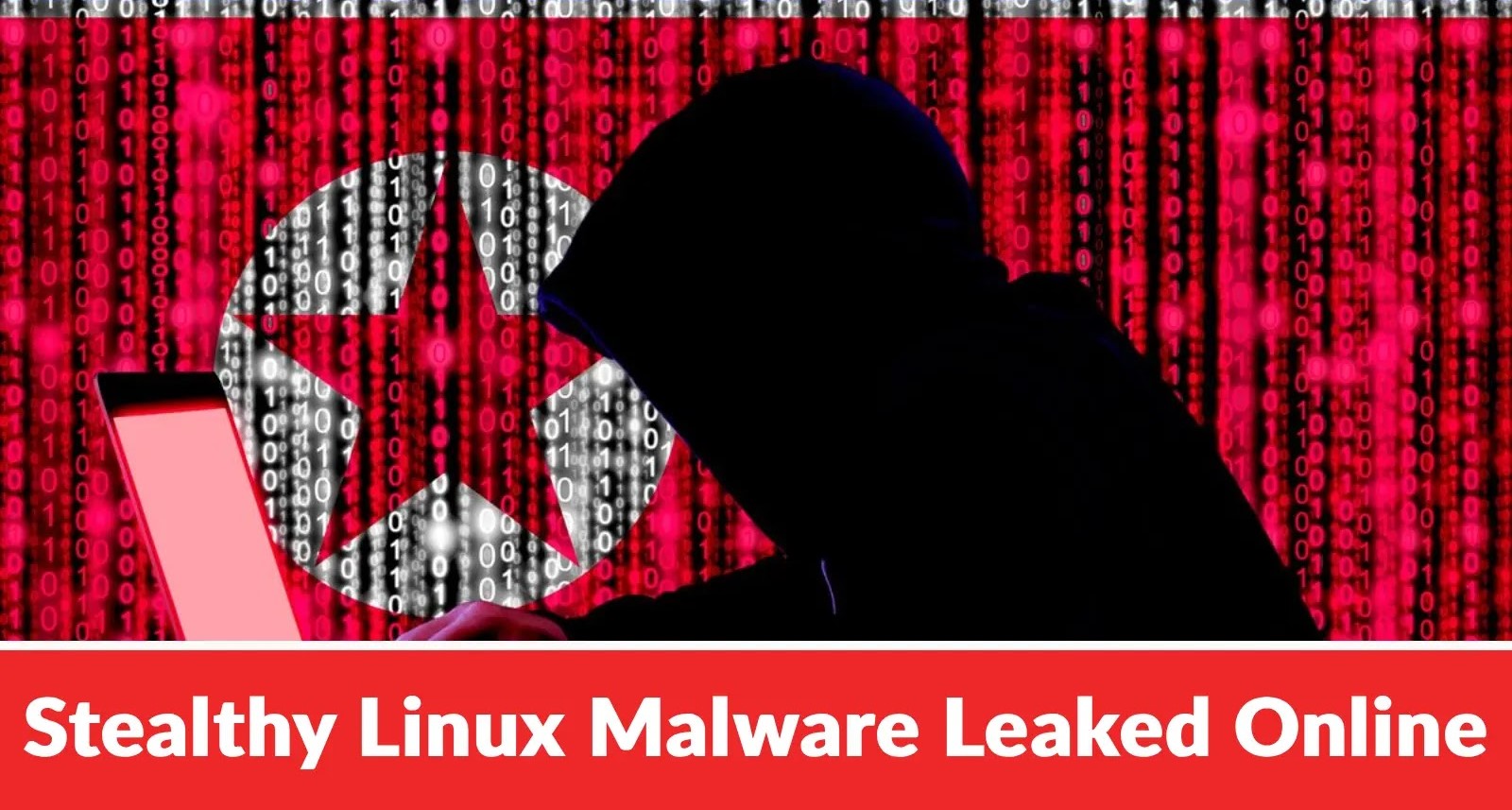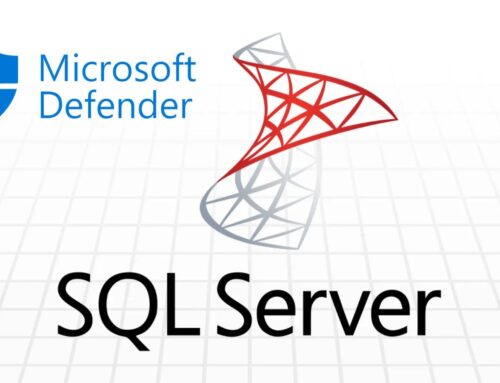
North Korean Hackers Stealthy Linux Malware Leaked Online
In a startling revelation that underscores the relentless and evolving threat landscape, a significant cache of highly sensitive hacking tools and detailed technical documentation, believed to be the intellectual property of a prominent North Korean threat actor, has surfaced online. This illicit exposure not only provides an unprecedented look into the sophisticated methodologies employed by state-sponsored groups but, more critically, highlights a novel and stealthy Linux malware. For cybersecurity professionals, incident responders, and system administrators, understanding the intricacies of these leaked tools is paramount to bolstering defenses against future attacks.
The Leak: A Glimpse into North Korean Cyber Espionage
The digital equivalent of a classified intelligence brief, this trove of data was brought to light through an extensive article published in Phrack Magazine. The leak isn’t just a collection of random files; it’s a meticulously organized dump that includes advanced exploit tactics, a comprehensive system compromise log detailing a successful breach, and perhaps most alarmingly, proprietary Linux malware. This isn’t merely an academic exercise; it’s a real-world blueprint for highly effective cyber operations, likely designed to achieve strategic national objectives.
The exposure of such critical operational tools from a state-sponsored entity is rare. It provides a unique opportunity to reverse-engineer their tactics, techniques, and procedures (TTPs), understand their preferred attack vectors, and identify the specific vulnerabilities they aim to exploit. This information is invaluable for proactive defense strategies and threat intelligence initiatives.
Unpacking the Stealthy Linux Malware
While the full scope of the leaked tools is extensive, the Linux malware stands out as a particular point of concern. Linux systems, long considered more inherently secure than their Windows counterparts, are increasingly becoming targets for sophisticated threat actors due to their widespread use in critical infrastructure, servers, and cloud environments. This newly revealed malware demonstrates a high degree of stealth and persistence, crafted to evade detection by conventional security measures.
Preliminary analysis suggests the malware employs advanced obfuscation techniques, possibly exploiting unpatched vulnerabilities or novel zero-day exploits. Its design indicates a focus on maintaining long-term access, data exfiltration, and potentially creating a command-and-control (C2) backbone within compromised networks. While specific CVEs linked to this particular malware are not yet publicly confirmed, the general tactics employed by such sophisticated threats often leverage known vulnerabilities or variations thereof. For instance, privilege escalation often targets vulnerabilities such as those classified under CVE-2022-0847 (Dirty Pipe) or similar kernel-level flaws.
Implications for Global Cybersecurity
The leakage of these tools carries profound implications beyond the immediate threat. Firstly, it democratizes powerful hacking capabilities. Even if the North Korean group no longer uses these specific versions, the publicly available code can be adapted and weaponized by other malicious actors, including lower-tier criminal organizations or rival nation-states. This proliferation drastically lowers the barrier to entry for conducting sophisticated cyberattacks.
Secondly, it exposes the vulnerabilities in the supply chain and potentially in the security practices of the North Korean group itself. While beneficial for defenders in the short term, it also signals a potential internal breach or exfiltration, raising questions about the stability of highly sensitive state-sponsored operations.
Finally, it emphasizes the critical need for robust Linux security. Organizations often focus disproportionately on Windows endpoint security, leaving Linux servers, IoT devices, and cloud instances as potential blind spots. This leak serves as a stark reminder that all parts of an enterprise’s digital footprint must be adequately secured.
Remediation Actions and Proactive Defenses
Given the revelations from this leak, organizations must take proactive steps to mitigate their risk. A multi-layered security approach focusing on prevention, detection, and rapid response is essential.
- Patch Management: Implement a rigorous patch management program for all Linux systems. Immediately apply security updates for the operating system, kernel, and all installed applications. This includes proactively monitoring for new CVEs that might be exploited.
- Principle of Least Privilege: Enforce the principle of least privilege for all users and services on Linux systems. Restrict root access and use
sudowith caution, granting only necessary permissions. - Network Segmentation: Isolate critical Linux servers and infrastructure through network segmentation. This limits the lateral movement of attackers even if an initial compromise occurs.
- Advanced Endpoint Detection and Response (EDR): Deploy EDR solutions capable of monitoring Linux endpoints for suspicious activity, including malicious process execution, file integrity changes, and network anomalies.
- Threat Hunting: Proactively hunt for indicators of compromise (IoCs) related to known North Korean TTPs. Regularly review system logs, network traffic, and file system integrity.
- Security Audits and Penetration Testing: Conduct regular security audits and penetration tests specifically targeting Linux-based infrastructure to identify and rectify weaknesses before they are exploited.
- SSH Hardening: Configure SSH to use strong authentication (SSH keys only, disable password authentication), restrict user access, and change default ports.
Relevant Tools for Detection and Mitigation
| Tool Name | Purpose | Link |
|---|---|---|
| Osquery | Endpoint visibility and threat detection across Linux, macOS, and Windows. | https://osquery.io/ |
| Lynis | Security auditing and hardening for Linux and Unix systems. | https://link-to-lynis |
| Wazuh | Open Source Security Platform for XDR and SIEM, including Linux agent. | https://wazuh.com/ |
| Snort | Open Source Network Intrusion Detection System (NIDS). | https://www.snort.org/ |
| Mandiant Advantage (or similar commercial TI) | Advanced threat intelligence on state-sponsored actors and TTPs. | https://www.mandiant.com/advantage |
Conclusion
The recent leak of North Korean hacking tools, particularly the focus on sophisticated Linux malware, is a critical development for cybersecurity. It serves as a stark reminder of the persistent and evolving nature of state-sponsored threats and the increasing targeting of Linux environments. For security professionals, this event is not merely news but a valuable intelligence brief, offering actionable insights into adversary techniques. By understanding these TTPs and implementing robust, layered security measures, organizations can significantly enhance their resilience against similar sophisticated attacks. Vigilance, proactive defense, and continuous adaptation remain the cornerstones of effective cybersecurity.





